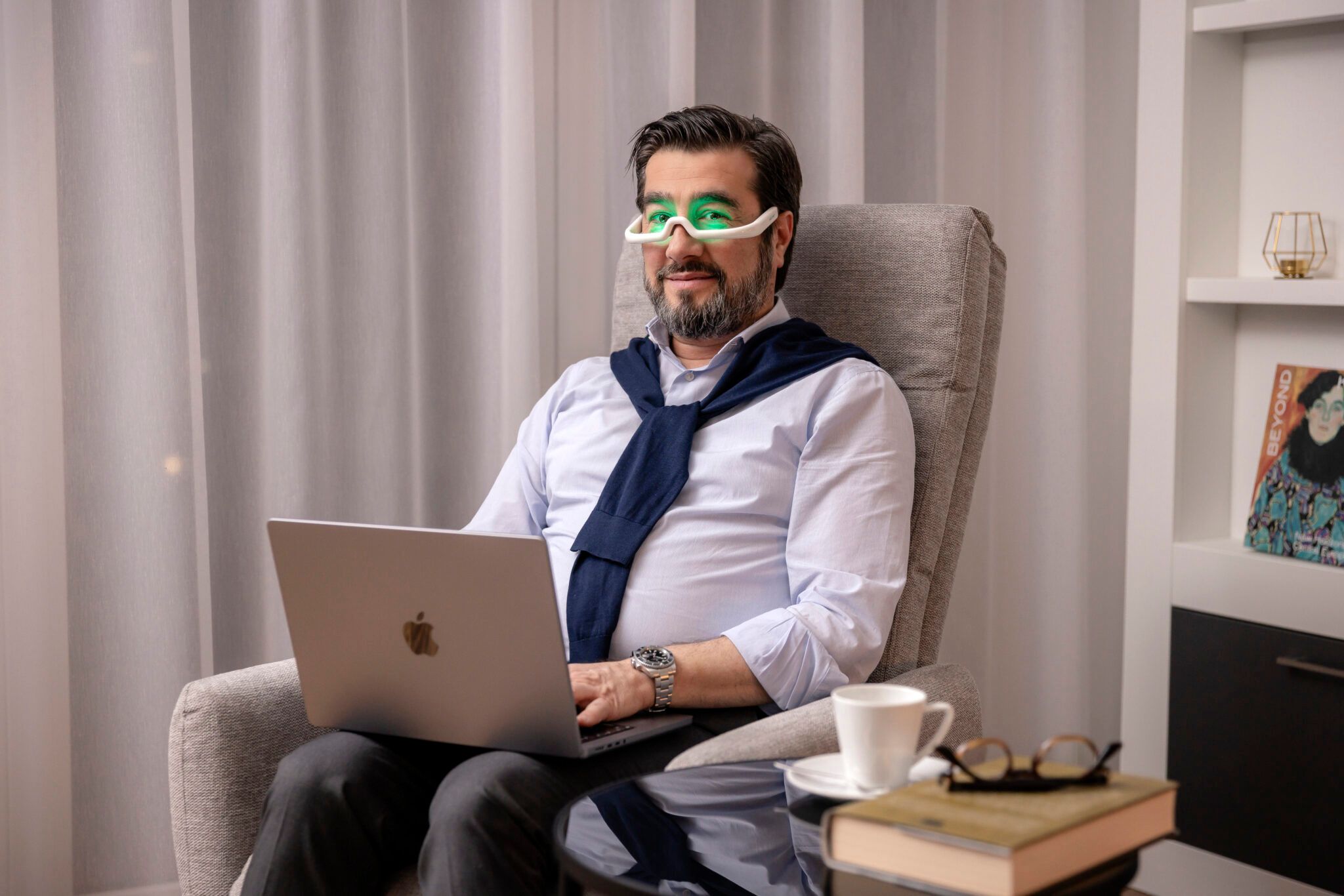Portfolio
Portfolio
Behind the rise of circadian wellness
“I didn’t even know I had a circadian rhythm until this girl on TikTok said I could beat inflammation by going on a walk
for sun exposure in the morning,” says a friend, a digital marketer in New York with two sleep-tracking apps and a fridge
full of functional drinks. Like many others, she’s become hyper-aware of her sleep, skin, mood, and energy. Platforms
like TikTok and Reddit are flooded with talk of ‘sleepmaxxing,’ cortisol-alignment hacks, and light-based rituals. The
once-niche language of circadian health is now shaping routines for a growing number of health-conscious Americans.
While sleep scheduling has long been a wellness obsession, circadian rhythms are gaining traction for their broader and
more fundamental effects. These internal clocks govern hormonal cycles, digestive repair, cognitive clarity, and even skin
permeability. Sleep is just one checkpoint. The real concern is how modern life – late-night scrolling, shift work, global
time zones, constant snacking – fragments the body’s internal sync. And the cost is catching up.
“The science is finally affirming what our bodies have been trying to tell us all along – that (the times) when we eat, sleep,
and get light matters. A lot,” says Lynne Peeples, author of The Inner Clock: Living in Sync with Our Circadian Rhythms.
“The pandemic prompted many people to reevaluate their daily rhythms and new research is revealing that our internal
clocks influence everything from what hours of the day we are most productive to the optimal timing of cancer treatment.
Circadian wellness is now recognized not just as sleep hygiene, but as foundational to overall happiness, health, and
longevity.” [1] Sleep quality is just one element of circadian wellness but it’s the most tangible – and the numbers are
stark. Nearly 77% of Americans get less than the recommended seven to nine hours of sleep and 23% fall under six
– a threshold tied to increased risk of chronic illness. [2] For Gen Z, fatigue is so widespread that it’s practically cultural.
Digital overload, blue light, and social jet lag are becoming modern-day health risks.

“The pandemic prompted many people to reevaluate their daily rhythms and new research is revealing that our internal
clocks influence everything from what hours of the day we are most productive to the optimal timing of cancer treatment.
Circadian wellness is now recognized not just as sleep hygiene, but as foundational to overall happiness, health, and
longevity.” [1] Sleep quality is just one element of circadian wellness but it’s the most tangible – and the numbers are
stark. Nearly 77% of Americans get less than the recommended seven to nine hours of sleep and 23% fall under six
– a threshold tied to increased risk of chronic illness. [2] For Gen Z, fatigue is so widespread that it’s practically cultural.
Digital overload, blue light, and social jet lag are becoming modern-day health risks.

